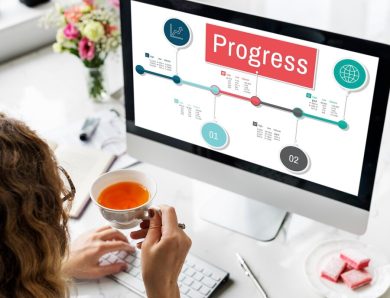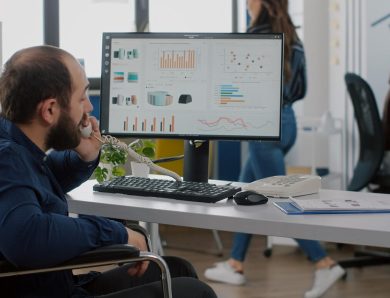
From Data to Insights: How Employee Monitoring Software Transforms Business Operations
As businesses navigate the complexities of a modern workforce, the need for data-driven strategies has never been more crucial. Employee monitoring software has become a vital component in this landscape, enabling organizations to gain a deeper understanding of their employees’ performance and behaviors. By collecting and analyzing various metrics, this software empowers companies to make informed decisions that enhance productivity and foster a more engaged work environment. This article delves into how employee monitoring software transforms business operations, transitioning from basic data gathering to impactful insights that drive success.
Understanding Employee Monitoring Software
Employee monitoring software refers to tools that track and analyze various aspects of employee performance and behavior. This can include:
- Time Tracking: Monitoring hours worked, attendance, and breaks.
- Activity Monitoring: Tracking application usage, website visits, and project progress.
- Performance Metrics: Collecting data on task completion rates, productivity levels, and goal achievement.
- Communication Monitoring: Analyzing emails, chats, and other communication channels for efficiency and collaboration.
These tools can be integrated into daily workflows, providing real-time insights that help organizations understand their workforce better.
1. Enhancing Productivity and Accountability
One of the primary benefits of employee monitoring software is its ability to enhance productivity. By tracking time and activity, employers can identify patterns of behavior that either promote or hinder productivity. For instance, if a significant amount of time is spent on non-work-related activities, managers can intervene with targeted strategies, such as offering time management training or adjusting workloads.
Furthermore, this software fosters a sense of accountability among employees. When employees know they are being monitored, they are more likely to stay focused and engaged in their tasks. This transparency can lead to improved performance and a stronger work ethic, ultimately benefiting the entire organization.
2. Data-Driven Decision Making
Employee monitoring software generates a wealth of data that organizations can leverage for informed decision-making. By analyzing trends in employee performance and behavior, businesses can identify areas for improvement, allocate resources more effectively, and develop strategies that align with their goals.
For example, if data reveals that a particular team consistently meets deadlines and produces high-quality work, management can use this information to replicate their success across other teams. Conversely, if another team struggles with performance, targeted interventions can be designed to address specific challenges.
3. Identifying Training Needs
Monitoring employee performance provides valuable insights into skill gaps and training needs. By analyzing data on task completion and productivity, organizations can pinpoint areas where employees may require additional training or support.
For instance, if several employees struggle with a specific software tool or process, the organization can invest in training programs to enhance their skills. This proactive approach not only improves individual performance but also contributes to overall team effectiveness.
4. Improving Employee Engagement and Retention
While employee monitoring can sometimes be perceived as intrusive, when implemented correctly, it can actually enhance employee engagement. By using data to recognize and reward high-performing employees, organizations can foster a culture of appreciation and recognition.
Regular feedback, based on monitored performance data, can motivate employees to perform better and feel valued. Furthermore, understanding the factors that contribute to employee satisfaction can help organizations tailor their retention strategies, reducing turnover and maintaining a stable workforce.
5. Ensuring Compliance and Security
In industries with strict regulatory requirements, employee monitoring software can play a crucial role in ensuring compliance. By tracking employee activities and communications, organizations can safeguard sensitive data and ensure adherence to industry standards.
This is particularly important in sectors such as finance and healthcare, where data breaches can have severe consequences. Monitoring software can help detect suspicious activities, enabling organizations to address potential security threats proactively.
6. Facilitating Remote Work Management
The rise of remote work has highlighted the need for effective employee monitoring solutions. As teams become more distributed, organizations must find ways to maintain productivity and collaboration.
Employee monitoring software enables managers to track performance and provide support to remote employees. By using data to identify challenges specific to remote work, such as communication barriers or isolation, organizations can implement solutions that foster a sense of community and keep teams connected.
Conclusion
Employee monitoring software is more than just a tracking tool; it is a powerful resource for transforming business operations. By turning raw data into actionable insights, organizations can enhance productivity, drive accountability, and create a more engaged workforce.
In a world where data-driven decision-making is essential for success, leveraging employee monitoring software is not just an option—it is a necessity for organizations striving to thrive in a competitive landscape. When implemented thoughtfully, this technology can lead to improved business outcomes and a more positive work environment for employees.










No Comment